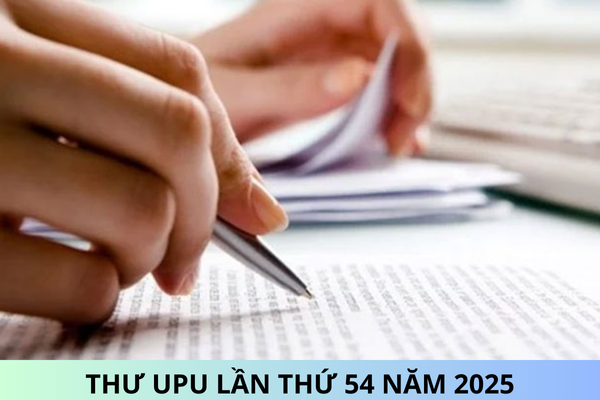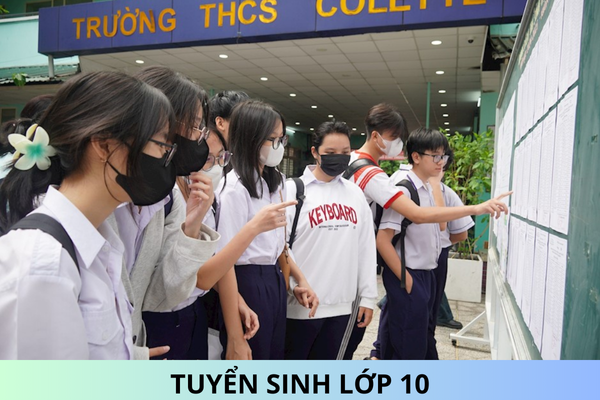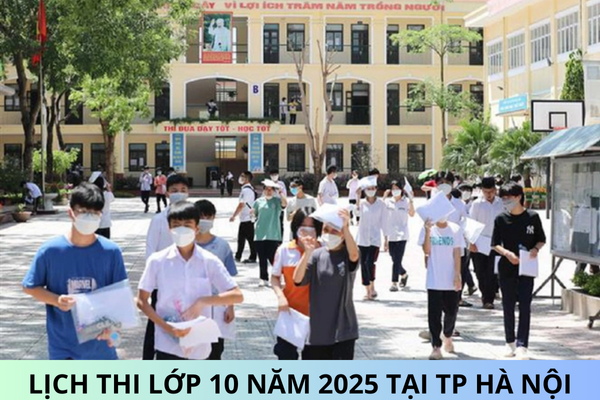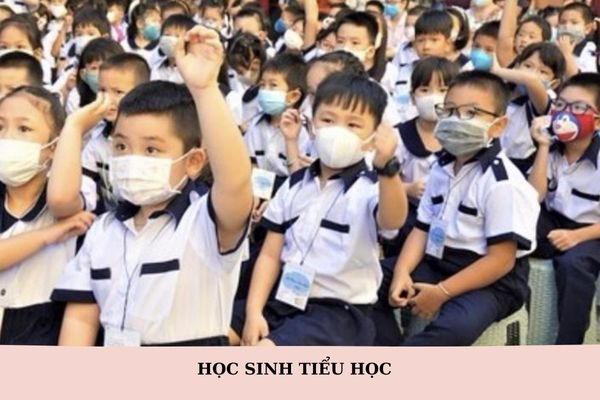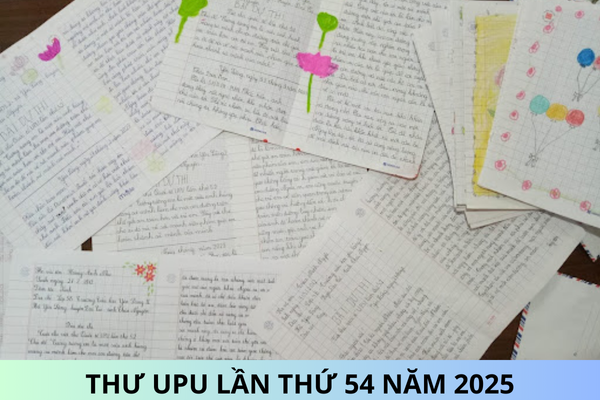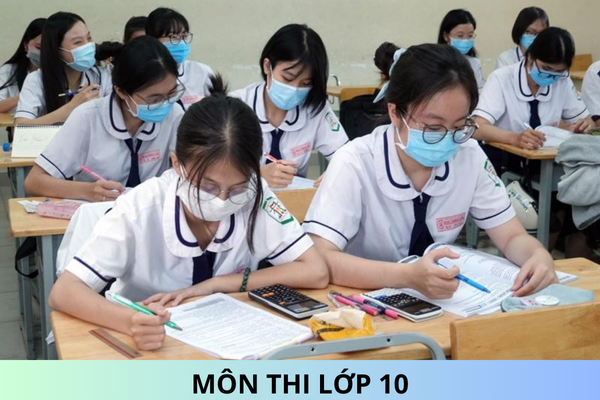What are details of the Draft Regulation on lower and upper secondary school admissions in Vietnam for 2025?
What are details of the Draft Regulation on lower and upper secondary school admissions in Vietnam for 2025?
The Ministry of Education and Training is currently seeking opinions on the Draft Circular for promulgating Regulation on lower and upper secondary school admissions Download.
This Circular is expected to replace Circular 11/2014/TT-BGDDT; Circular 18/2014/TT-BGDDT; Circular 05/2018/TT-BGDDT.
The Regulation on lower and upper secondary school admissions for 2025 Download provide guidelines for admissions to grade 6 of lower secondary and grade 10 of upper secondary schools.
These regulations apply to lower secondary schools, upper secondary schools, schools with multiple grade levels, educational institutions implementing the general education program, and related organizations and individuals.
Educational institutions that ensure self-financed regular expenses and investments, as well as those that ensure self-financed regular expenses, have the autonomy to determine the admission methods, quotas, targets, and areas.
Specialized schools with their own organizational and operational regulations conduct admissions according to their specialized regulations and as stipulated in these regulations.
View the full text of the Draft Circular for promulgating Regulation on lower and upper secondary school admissions here:
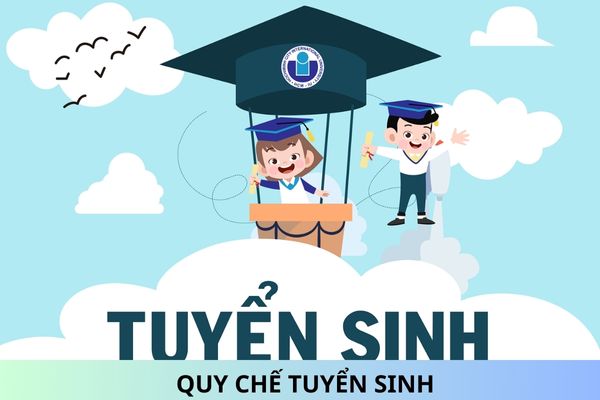
What are details of the Draft Regulation on lower and upper secondary school admission in Vietnam for 2025?? (Image from the Internet)
What subjects are expected to be included in the entrance exam for grade 10 admissions in Vietnam in 2025?
According to Article 12 of the Draft Circular for promulgating Regulation on lower and upper secondary school admissions Download, the organization of entrance exams is prescribed as follows:
Article 12. Organization of entrance exams
1. Exam subjects
a) Number of exam subjects: 03 (three) subjects including Mathematics, Literature, and 01 (one) third subject or a combination test chosen by the Department of Education and Training, higher education institutions from 01(one) of 02 (two) options and announced by March 31 each year:
- The third subject is selected among subjects with assessments in the lower secondary education program. The selection of the third subject varies from year to year to achieve comprehensive education objectives in the basic education stage;
- The combination test includes subjects selected from those with assessments in the lower secondary education program.
b) Exam duration: Literature is 120 minutes; Mathematics is 90 minutes or 120 minutes; the third subject is 60 minutes or 90 minutes; the combination test is 90 minutes or 120 minutes.
c) Exam content: within the lower secondary education program, primarily grade 9.
[...]
Thus, grade 10 admissions in 2025 are expected to include 03 (three) subjects: Mathematics, Literature, and 01 (one) third subject or a combination test chosen by the Department of Education and Training, higher education institutions from 01(one) of 02 (two) options and announced by March 31 each year.
The third subject is selected within subjects with assessments in the lower secondary education program.
The combination test comprises subjects selected within those with assessments in the lower secondary education program.
What are the objectives of lower secondary and upper secondary education in Vietnam?
According to Article 29 of the Education Law 2019, the objectives of general education in Vietnam are defined as follows:
Article 29. Objectives of general education
1. General education aims to comprehensively develop learners in morality, intellect, physicality, aesthetics, basic skills, developing personal capacities, dynamism, and creativity; shaping the socialist Vietnamese human character and civic responsibility; preparing learners to continue higher education, vocational education, or participate in labor, building, and defending the Nation.
2. Primary education aims to form an initial foundation for the development of morality, intellect, physicality, aesthetics, and student capabilities; preparing students for lower secondary education.
3. Lower secondary education aims to consolidate and develop the results of primary education; ensuring students have foundational general education knowledge, minimal necessary understanding of technology, and vocational orientation to continue upper secondary education or a vocational education program.
4. Upper secondary education aims to equip civic knowledge; ensuring students consolidate, develop the results of lower secondary education, complete general education knowledge, and have general understanding of technology, vocational orientation; have conditions to promote individual abilities to choose a developmental direction, continue higher education, vocational education, or participate in labor, building, and defending the Nation.
Thus, the objectives of lower secondary and upper secondary education are outlined as follows:
- Lower secondary education aims to consolidate and develop the results of primary education; ensuring students have foundational general education knowledge, minimal necessary understanding of technology, and vocational orientation to continue upper secondary education or a vocational education program.
- Upper secondary education aims to equip civic knowledge; ensuring students consolidate, develop the results of lower secondary education, complete general education knowledge, and have a general understanding of technology, vocational orientation; have conditions to promote individual abilities to choose a developmental direction, continue higher education, vocational education, or participate in labor, building, and defending the Nation.
